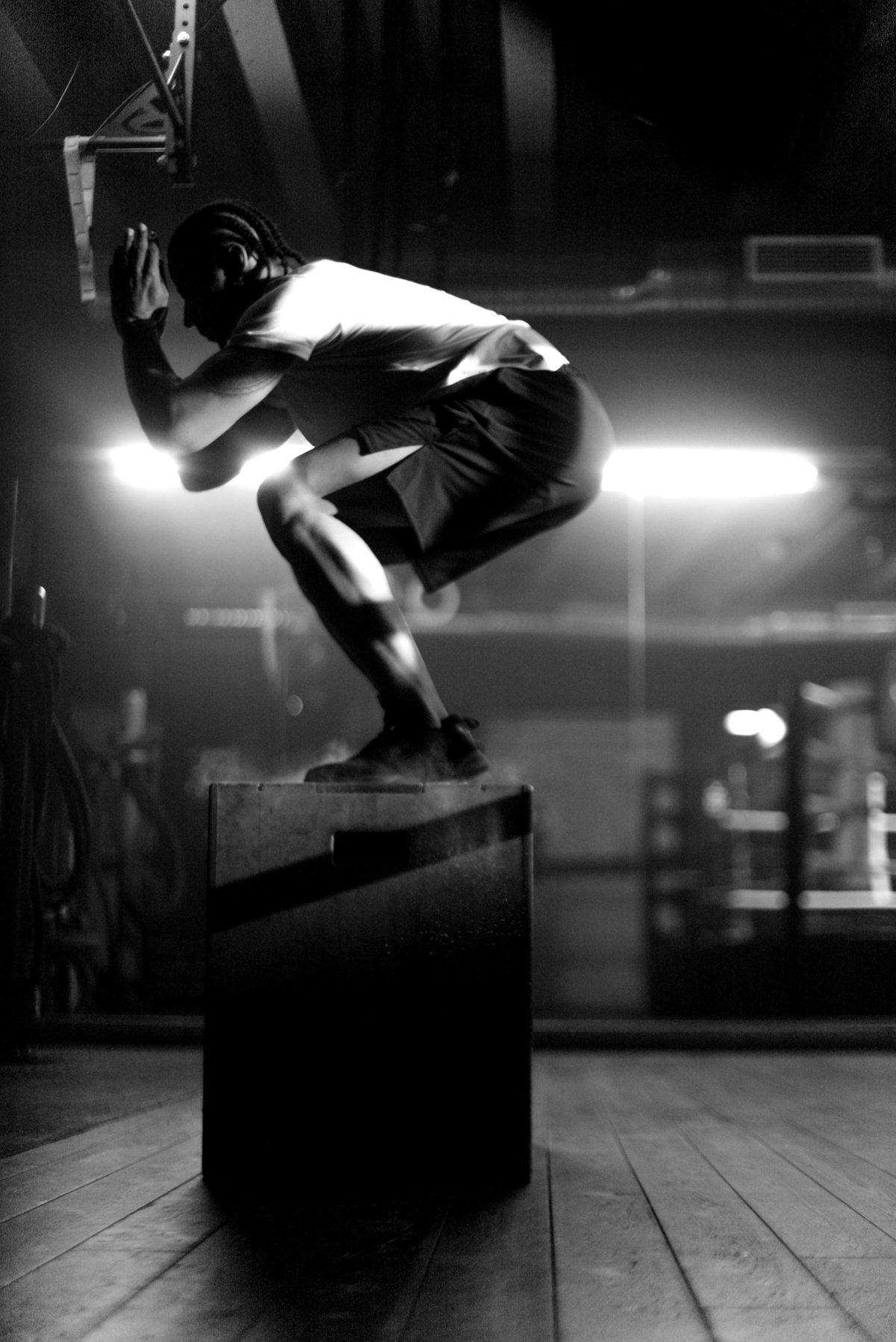Core exercises are a crucial part of your daily workout routine. These muscles, which include the abdominals, back and pelvis, are important for your balance and posture.
Many trainers recommend spending ten minutes building your core every day. A quick and simple workout that easily fits into your day is a great way to stay motivated and make steady progress on your fitness journey.
Of course, you don’t want to do the same exercises every single day. In this post we have some core exercises that won’t get too monotonous day in, day out.
Every day, pick 3-4 from the list below and perform a few sets of each. You’ll be on your way to having washboard abs in no time.
Hollow holds
This is an awesome isometric core exercise. Lay on your back and slowly raise your legs and shoulders off the ground, with your arms extended above your head. Imagine your ribcage is glued to the floor.
Hold the pose for 10-60 seconds, depending on how challenging you’re finding it. You can make your hollow hold harder by gently rocking your body back and forth, using your core to propel the movement.
V Ups
Lie down on your back. Perform a crunch by raising your feet to the ceiling, and bringing your upper body off the ground. Reach with your arms to touch your toes.
From the side, your body will look like the letter V – hence the name. V ups are a great way to develop a tight and stable core. Try doing 2-3 sets of 10-25 reps.
Hanging Knee Raise
This movement challenges your lower abs, which can sometimes be neglected by other ab exercises. Hang straight from gymnastic rings or a pull-up bar, and simply bring your knees up to your chest. With control, slowly straighten your legs. Perform 2-3 sets of 15-20 reps.
You can easily turn these core exercises into an L-sit instead, which is more challenging. Rather than bending your knees, bring them straight up, bending only at your hips. Your body should look like a 90 degree angle.
You can also alter this exercise by raising your knees off to the side, rather than pulling them straight towards your chest. This will focus on your obliques.
Burpees
Burpees are notoriously tiring, but super effective. Begin in a standing position and then squat down. Bring your hands to the floor, and jump your legs back into a prone position.
Perform a push up, then jump your legs back into a crouch position. Finish the rep by jumping in the air as high as you can.
After 3 sets of 12-15, you should have your heart rate up, and your core will be on fire!
Box Jumps
These are another cardio-heavy core exercise. Begin your box jump by standing in front of a sturdy box. Powerfully jump with both feet onto the box, and stand up straight on top of it. Softly jump back down.
The bigger the box, the bigger the challenge. If the box is small, do reps of 15-20. If the box is a very challenging height, you may find just 2-3 reps per set is enough to get your heart rate up.
Mountain Climbers
Begin by facing the floor in a prone position, with your palms flat on the floor, arms extended, and your body supported by your toes.
Bend your left leg up to your chest, and then return it to its original position, and quickly switch to your right leg. It will feel like running in place in a plank position. Almost all the pressure should be felt on your core.
Perform reps of 20-40 (10-20 on each leg).
Russian Twists
This core exercise has its name because it was developed for Soviet soldiers during the Cold War. So it’s bound to be effective!
Holding a medicine ball or dumbbell in both hands, sit on the ground with your knees bent and your heels raised off the floor. Use your abs to twist to the left, and tap the weight gently onto the floor beside you. Then, use your abs to tap the weight over onto the floor on your right side. Continue like this until your reps are complete.
By holding your heels off the floor, you’re forcing your core to work hard to stay stable. Do 3 sets of 10-20 on each side.
Crocodile Walk
Begin in the lowered part of a push-up, in a prone position with your arms bent. Then, simply crawl. You need to engage your abs and glutes to keep your body as low to the ground as possible.
Aim to crawl in this position for 30 seconds. You might find it easier if you set a physical target to crawl towards. This whole-body movement is very difficult. You’ll quickly be feeling the burn.
Overhead Squat
Hold a barbell above your head, and simply perform a classic squat.
The weight being above your head will shift your center of gravity to be far higher than it usually is. Your core will have to work extra hard to keep you stable. This core exercise is awesome because it’s a compound lift, so it works many muscle groups all at once, so your legs will also get a great workout.
If you’re lifting heavy, try 3 sets of 5. If the weight is on the lighter side, try 2 sets of 10.
Battle Ropes
This is one of those core exercises that feels powerful and really fun to do. Battle ropes are a whole body movement that, when done correctly, require 100% of your energy. It’s great cardio and blasts your core.
Grab a rope in each hand, and simply ‘throw’ waves through them, in an alternating fashion. You can use the battle ropes while standing, kneeling, or performing a squat movement.



